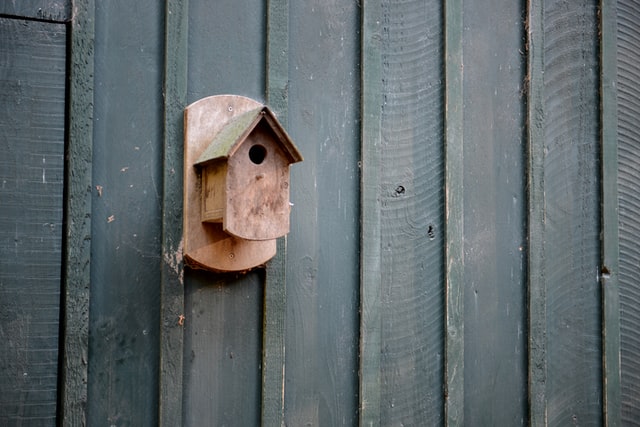The latest Quarterly House Price Index report, released last month by the Australian Bureau of Statistics, revealed a resilient market with high levels of demand coupled with inelastic supply, but one that faces inflationary pressures and a continuing shortage of high-quality housing.
The study, which was completed in conjunction with the Northern Ireland Housing Executive and the Progressive Building Society, examines the performance of the housing market in Northern Ireland during the fourth quarter of 2021 (October, November, and December).
The study, based on 2,234 transactions, shows an overall average home price of £198,890 over the course of 2021 in which prices are anticipated to rise at a weighted annual rate of 8.3%.
The increase in the Quarterly Composite Price Index over Q3 2021 was 1.1 percent.
This growth is largely driven by increases in the semi-detached and detached segments of the market during the quarter.
The estate-agent sector remained optimistic throughout the fourth quarter of 2021, albeit during a typically slower market season when 36% of estate agents reported activity levels had decreased from the third.
Despite this, interest levels from potential buyers remained high, with 93 percent of respondents reporting an increase in inquiries or levels on par with Q3 2021, resulting in a strong number of properties attaining the ‘sale agree' condition throughout the year's final quarter.
At 93 percent, the majority of representatives anticipate market confidence to last into 2022, with transactional business also expected to grow in the next year. Despite these challenges, the Bank of England's 0.5% interest rate will undoubtedly reach into the Northern Ireland housing market, given continued inflationary pressures in the wider economy.
The most up-to-date pricing information indicates a market that has remained resilient during the broader political and economic situations, which is traditionally a quieter period of the year.
The price increase appears to be softening in comparison to the previous quarters, with both annual and quarterly changes decelerating; nevertheless, it continues to display strong demand signals, coupled with ongoing supply-side problems and does not show any indications of correcting in the near future.
Q4 was a quieter period in general for transactions, in keeping with seasonal patterns, but Northern Ireland's housing market remained strong at the end of 2021, according to our data.
With a post-pandemic view and continuing market confidence, the housing sector will have a bright future in 2022, according to experts. Increased inflation, a possible rise in interest rates, levels of employment, and sectoral supply concerns are all potential issues that might impact the market's success in 2022.
However, a more pessimistic viewpoint on pandemic preparedness, combined with sustained market enthusiasm, suggests that the housing sector will be active in 2022 as current agents anticipate that there will be a high volume of transactions throughout the next year.
The demand/supply imbalance has remained consistent according to Ulster University's most recent data. Over the year, strong levels of demand have been coupled with a dearth of supply, resulting in continued house price growth albeit at lower rates in Q4. The scarcity of housing in the detached market segment has exerted significant upward pressure on costs. Despite this, fourth-quarter data shows a slowing in house price growth.
Looking ahead, in the long term, the Department for Communities has outlined a number of key goals in its Draft Housing Supply Strategy, including increasing supply and affordable choices across all tenures to meet housing needs. The long-term impact of inflation and any rise in interest rates on-demand remains to be seen in the shorter term, for 2022.
